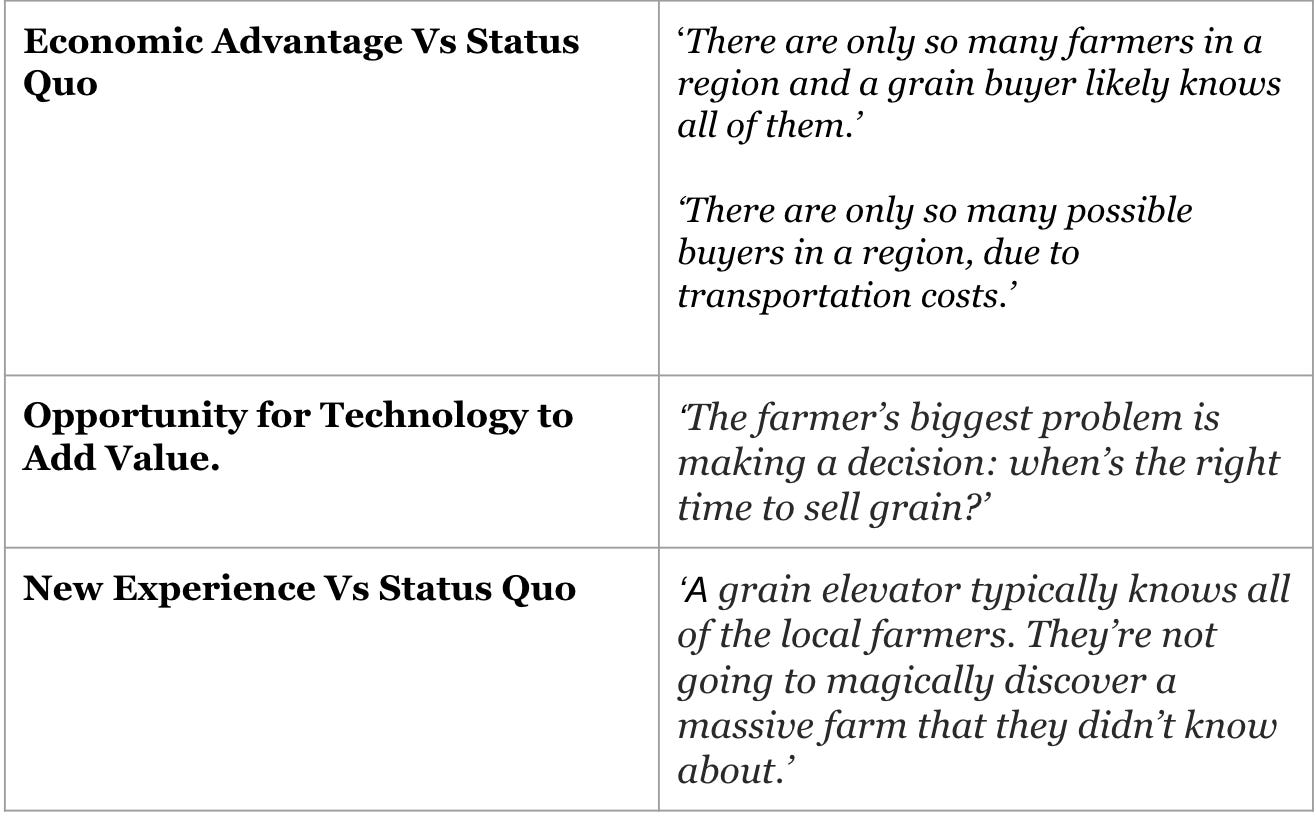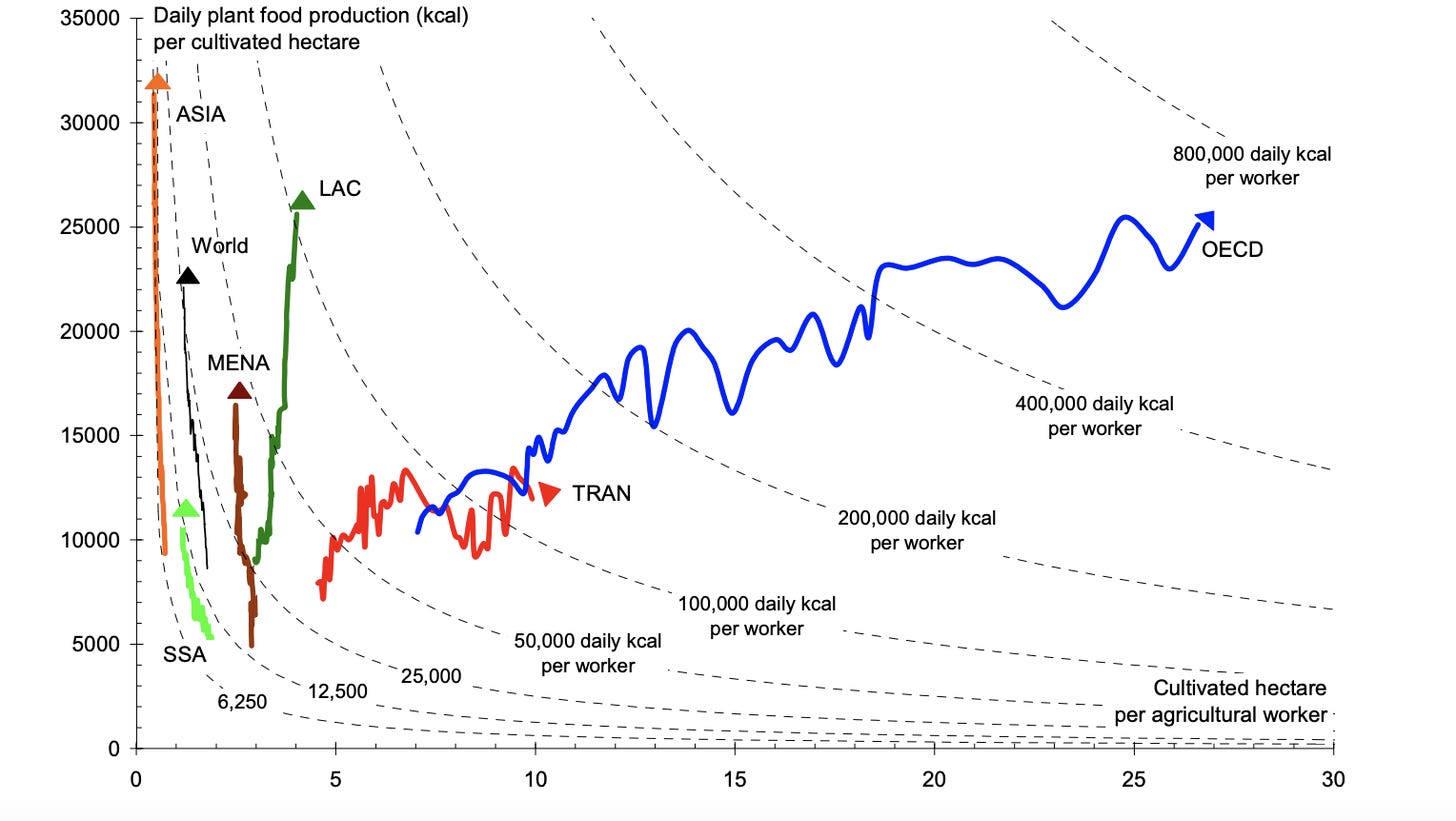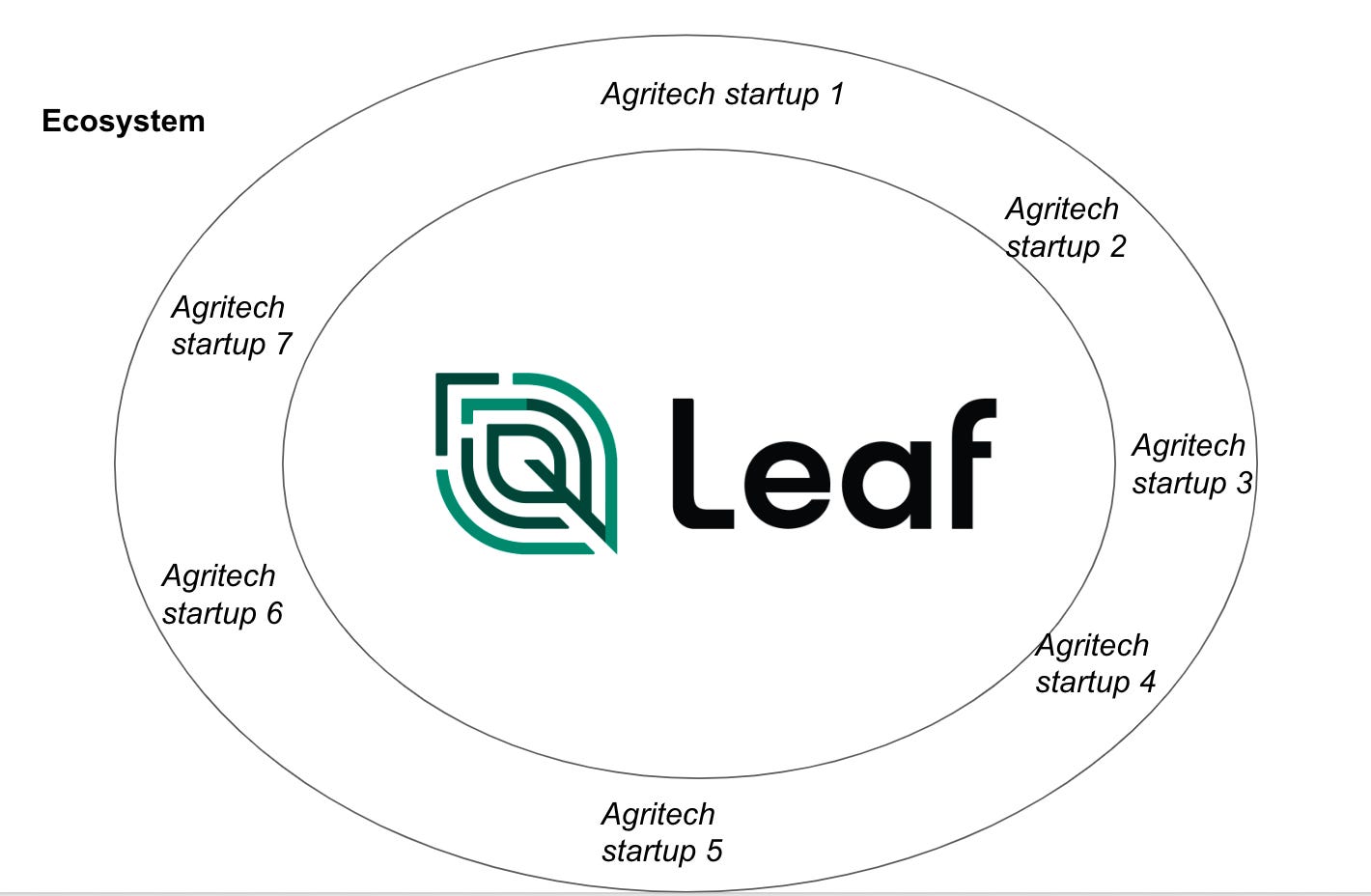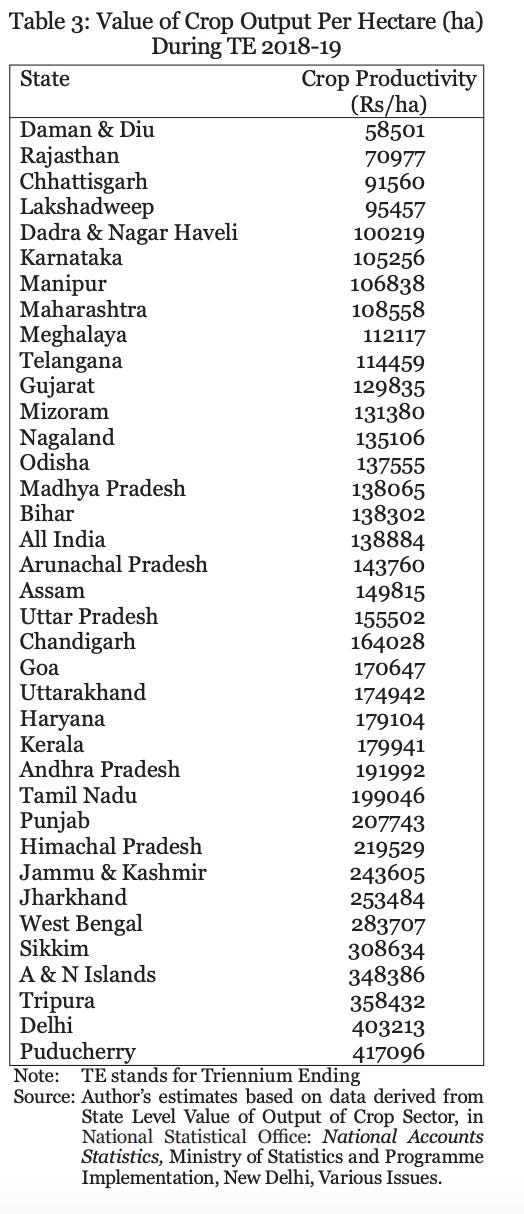Saturday Sprouting Reads: Green Revolution 2.0 Myth
We've largely been touchy-feely about Green Revolution and haven't understood its unintended consequences. Can we reimagine our food systems in bolder ways?
Dear Friends,
Greetings from Hyderabad, India! My name is Venky and I write Agribusiness Matters. Welcome to Saturday Sprouting Reads!
About Sprouting Reads
If you've ever grown food in your kitchen garden like me, sooner than later, you would realize the importance of letting seeds germinate. As much as I would like to include sprouting as an essential process for the raw foods that my body loves to experiment with, I am keen to see how this mindful practice could be adapted for the food that my mind consumes.
You see, comprehension is as much biological as digestion is.
And so, once in a while, I want to look at one or two articles or reports closely and chew over them. I may or may not have a long-form narrative take on it, but I want to meditate slowly on them so that those among you who are deeply thinking about agriculture could ruminate on them as slowly as wise cows do. Who knows? Perhaps, you may end up seeing them differently.
[Subscriber-Only] Understanding Bushel’s Strategic Gameplay
When Grainbridge was acquired by Bushel, thereby securing two of the former’s largest grain buyer customers, ADM and Cargill, Mark Johnson famously announced that it was the day grain marketplaces died. What Mark Johnson essentially was saying was this. Grain marketplaces have failed the acid test for digital marketplaces.
Although, in all probability, I suppose what Mark said might be more applicable to the US markets context alone.

Beneath the exaggerated demise of grain marketplaces lies a trojan horse positioning to build digital infrastructure for the entire agriculture industry. The best place to start understanding that lies in the domain names selected for Bushel and Leaf.
Pay attention to the words that emphasize the infrastructure role played by Leaf and Bushel. I covered Leaf and the power of ecosystems a while ago.
Bailey, CEO, Leaf had an interesting response to the article that echoed Amara’s Law
When I look at Bushel’s launch of three products, 1) Bushel Wallet 2) Bushel Payments 3) Bushel Wallet Link, it is evident that Bushel, much like Leaf, is setting up a classic Innovate-Commoditize-Leverage Cycle (ILC) Model to build a flywheel of digital trade between farmers and agribusinesses in US Agriculture.
In this subscriber-only article, I sketch the flywheel of digital trade (as I visualize it) for Bushel, explore why agrifintech could be eating agritech; look at emerging developments in the warehouse regulation space and cover the fundraise of Agrograde and Wheelocity.
Organic Foods and the Tricky Question of Luxury Beliefs
After I published my subscriber-only essay on Luxury Beliefs in Regenerative Agriculture, I received a lot of comments and emails from agritech folks. I decided to publish the complete essay for LinkedIn subscribers of this newsletter. There are no easy answers to tackling the trust deficit problem in organic foods worldwide. But we have to try:)
Green Revolution 2.0 Myth
Whenever marketing departments across the agrarian world get creative about the work they do, they invoke the “Green Revolution 2.0” meme. Do you want to talk about policy matters related to revitalizing Indian Agriculture?
Welcome to Green Revolution 2.0
Do you want to talk about the cool technological experiments you are doing and market them through the voice of India’s well-celebrated cricket commentator?
Welcome to Green Revolution 2.0
Do you want to correct the mistakes we did in Green Revolution 1.0 with “more integrative environmental and social impact”?
Welcome to Green Revolution 2.0
At one level, it’s obvious why someone would want to jump into the Green Revolution (GR) meme bandwagon. Framing your agritech developments under the larger narrative of GR automatically elevates the scope of your discourse and brings a sense of “inevitability”. to these technological developments.
As we saw in the previous edition of Saturday Sprouting Reads, GR ensured that there is a global decoupling of agricultural land and food production.
In a country like India in which ‘the per capita production of food in the country has more than doubled during the last fifty years, despite 237% increase’1 is a testament to the success of GR (approx 1966 - 1985) in this country.
However, let us not forget, GR had several unintended consequences
In countries like India, GR led to massive inequality of productivity differences among states, even when you take into account natural resource endowment and access to irrigation.
No wonder, agritech developments are also uneven across the country, as agritech developments flows only in places wherever there is sufficient agricultural growth. When was the last time you saw an agritech startup from the eastern India states of West Bengal or Meghalaya get VC funding?
At a global level, GR ensured that we have massive labour productivity differences between OECD countries and Asian countries.
As I dug into it earlier, the labour productivity of OECD farmers has risen from 66,000 to 658,000 kcal/day on average, a tenfold increase, while in Asia it has only increased from 7,900 to 25,000

2. Green Revolution’s motto was straightforward - “Grow More Food”. And to do that, it focused on “global” varieties which worked well in the countries that developed them. Today, there is increasingly more evidence that this approach is fraught with being technologically inappropriate and doesn’t consider the crop-pest-pathogen environment specificity of the recipient environment.
“The Maize Stalk Borer (Busseola fusca) that decimates maize in Kenya is not present in the US, while the Western Corn Rootworm (Diabrotica virgifera virgifera), nicknamed the “Billion-Dollar Bug” for its impact on US production, is not present in Kenya (Nordhaus, 2017). While the Western Corn Rootworm has been a major target for the development of resistant, genetically modified varieties, the Maize Stalk Borer has received no such attention and, as a result, genetically modified maize varieties are often ineffective in sub-Saharan Africa”- Jacob Moscona and Karthik. A. Sastry (“Inappropriate Technology: Evidence from Global Agriculture”)
Can we now focus on local and regional varieties, instead of universal varieties?
3. GR created a vicious cycle where high-yielding varieties required irrigation and fertilizer and vice-versa. When India runs out of groundwater in 2030 and when fertilizers become dearer, it would be too late to discover that the food systems we need in the face of Climate Change ought to look a lot less like GR.
Considering all the historical evidence that has emerged in recent years which debunked the simplistic narrative of the Green Revolution, the term “Green Revolution 2.0” sounds like a clueless meme phrase at best and a dangerous prescription at worst.
Considering all the baggage GR carries, can we retire this term? Considering all the bolder ways in which we are reimagining our food systems now in the face of Climate Change, we can definitely raise the bar in how we are talking about them.
Can’t we?
So, what do you think?
How happy are you with today’s edition? I would love to get your candid feedback. Your feedback will be anonymous. Two questions. 1 Minute. Thanks.🙏
💗 If you like “Agribusiness Matters”, please click on Like at the bottom and share it with your friend.
Executive Summary, Agricultural Challenges and Policies for the 21st Century by Ramesh Chand | NABARD Publication





